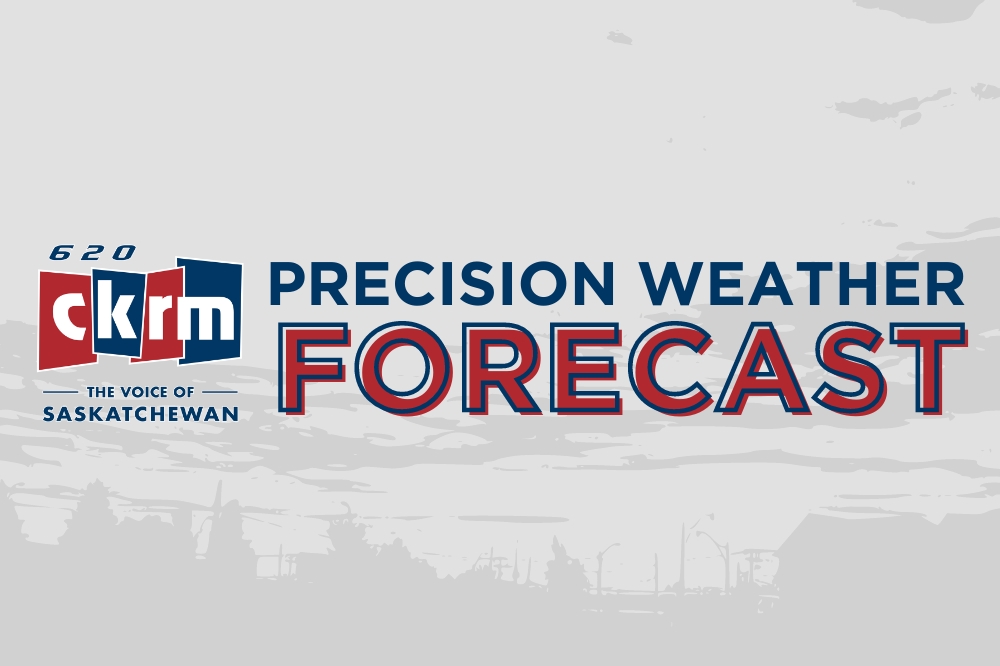This year saw more tornado activity compared to the yearly average for Saskatchewan.
Environment Canada Meteorologist Terri Lang says there were 17 tornadoes recorded compared to one in 2023, above the yearly average of 14. She noted two tornadoes were considered an EF-1 and the rest were EF-0’s.
“I think if you asked people on the street how many tornadoes there were this year I don’t think they would’ve thought it was an active year,” says Lang, “But it didn’t seem to get a lot of press maybe because it didn’t go through any towns or anything like that.”
Tornadoes are ranked by how much damage they do, not how they look. Lang says the tornado that touched down in Elie, Manitoba on June 22, 2007 is the only EF-5 tornado in Canada’s history. She adds the size of the tornado was not the biggest but it did “incredible amounts of damage”. It caused approximately $39-million in damage.
“This is the way I want people to kind of think about the strength of tornadoes: when you think about a figure skater that goes into a spin, if they want to spin faster they’ll put their arms into their body or up above their head and they’ll spin faster, but if they want to slow down they’ll put their arms out and they’ll slow down, so think about that in terms of tornadoes.
“Even if it looks like (it’s) massive and this big wedge and people screaming about hail and all this kind of stuff, it doesn’t necessarily mean it’s stronger.”
In addition to the increase of twisters, there was plenty of smoke hanging around the province due to wildfires in northern Saskatchewan, northern Alberta, B.C. and the Northwest Territories.
In Regina, there was 175 hours of smoke present, down from 263 hours in 2023. In Saskatoon, there was 218 hours of smoke recorded, down from 321 hours last year. Prince Albert recorded 129 smoke hours this year, down from 398 the year prior, and La Ronge had 673 hours of smoke in 2024, down from 893 recorded in 2023, but still high compared to the other cities.
Lang says smoke hour is defined “as an hour where the visibility is reduced to 10 km or less in smoke. Thus they can only be measured for weather stations that report visibility and the reason for any reduction in visibility.” Below are smoke hour charts for Regina, Saskatoon, Prince Albert, and La Ronge.
Regina:

Smoke hours numbers for Regina by year:
2024 = 175
2023 = 263
2022 = 0
2021 = 184
2020 = 5
Saskatoon:

Smoke hours for Saskatoon:
2024 = 218
2023 = 321
2022 = 4
2021 = 119
2020 = 3
Prince Albert:

Prince Albert smoke hours:
2024 = 129
2023 = 398
2022 = 11
2021 = 150
2020 = 4
La Ronge:

La Ronge Smoke hours:
2024 = 673
2023 = 893
2022 = 45
2021 = 295
2020 = 0








